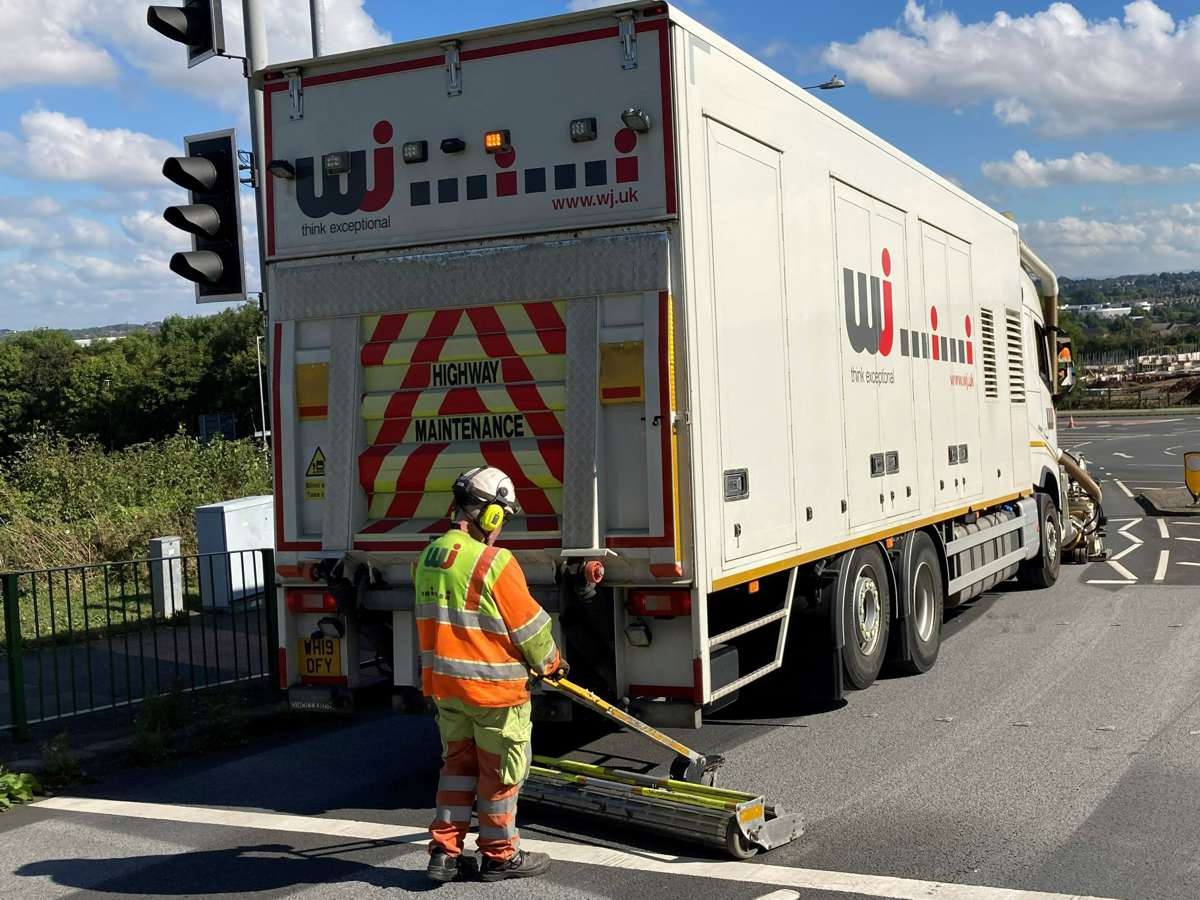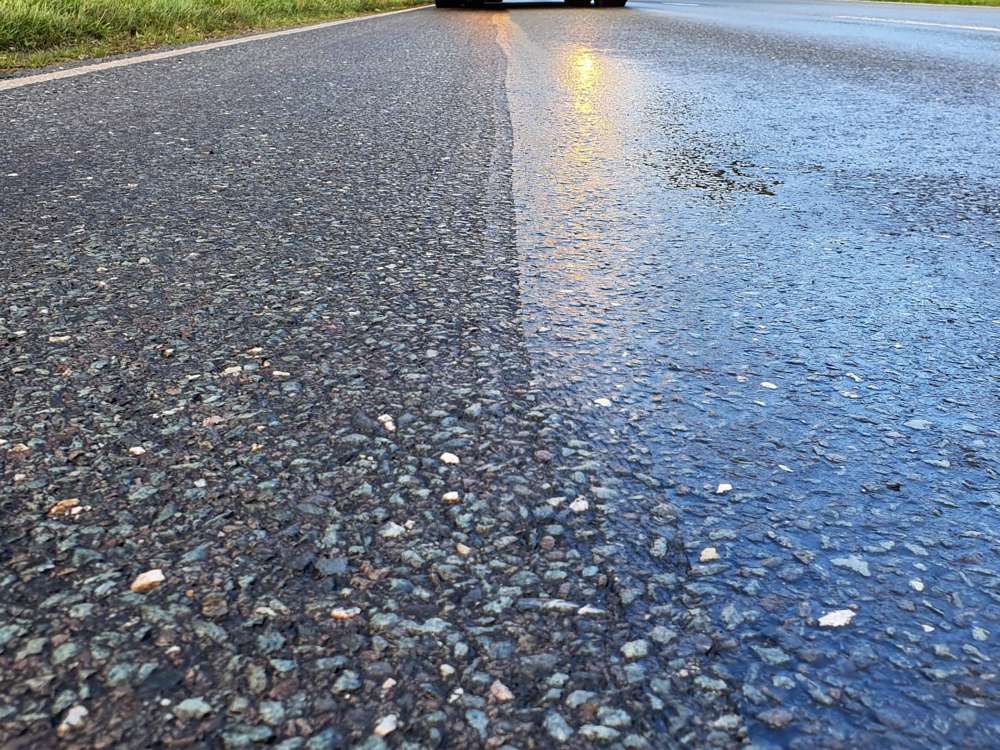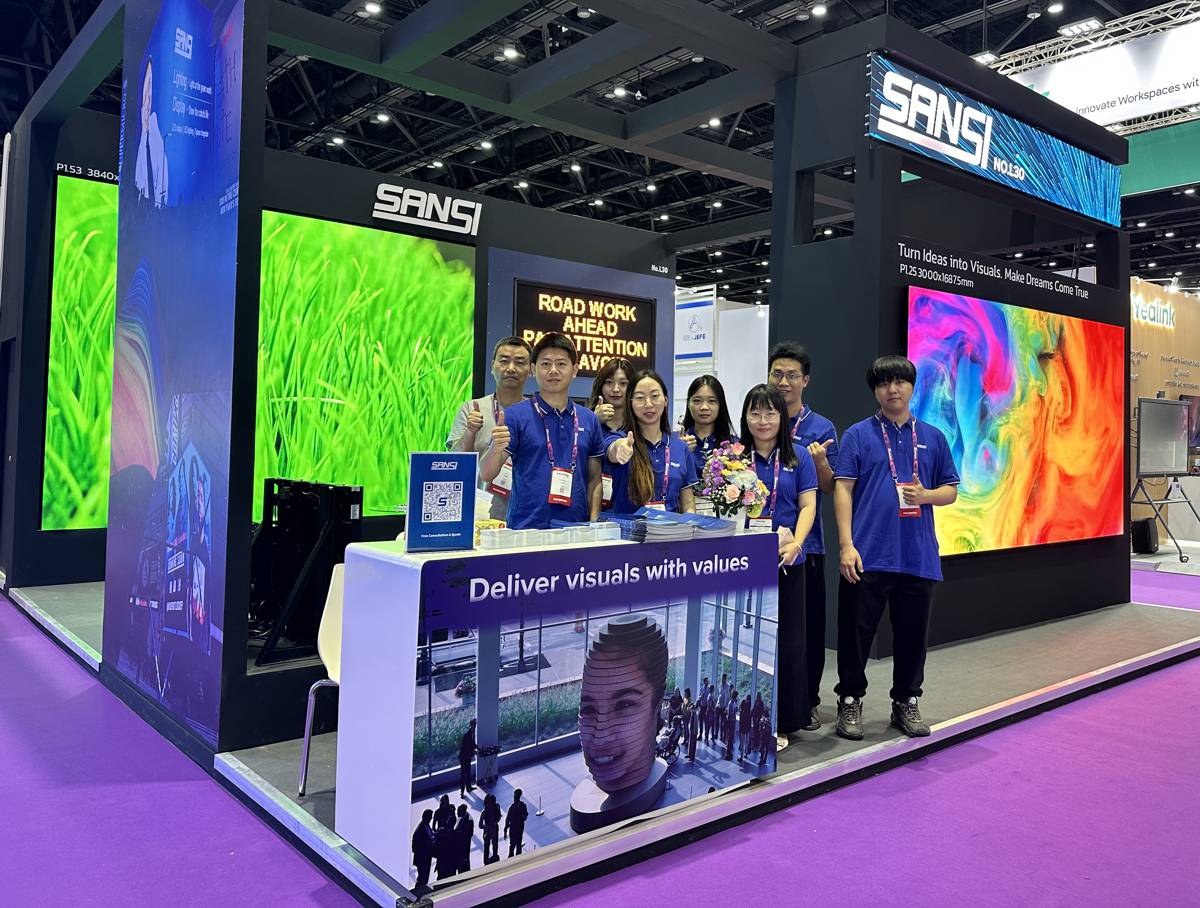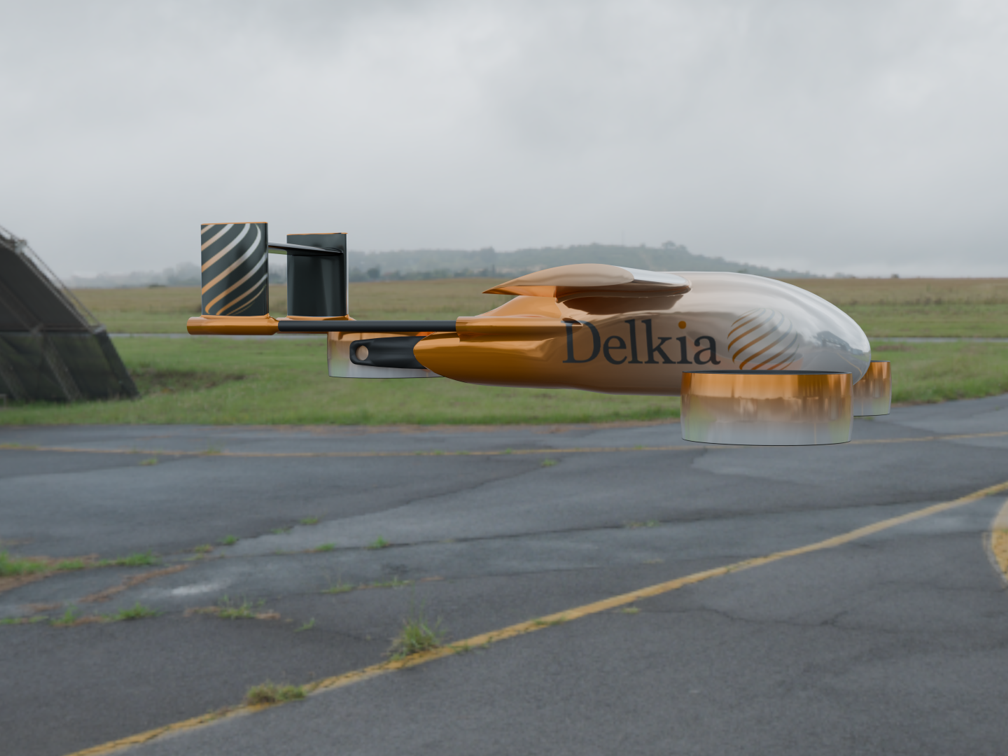WJ solutions preventing skidding related incidents in Cheshire East
When multiple roundabouts on sections of the A34 in Wilmslow, Cheshire East were identified to have skid resistance below investigatory levels, a quick solution was required to ensure the safety of road users.
This led contractor Ringway Jacobs to engage with WJ Group to implement a cost-effective and carbon friendly solution that met Cheshire East Council’s ambitious sustainability targets.

Sliding into trouble
During a routine road survey, Ringway Jacobs, on behalf of Cheshire East, discovered that the roads and roundabouts at Bollin Valley, Dean Row, Retail South Park, and Thorngrove had friction levels below the required levels identified in the Skidding Resistance Standards CS 228 (formerly HD28/15).
The loss of macro and micro texture was the result of aggregate embedment and polishing owing to the actions of traffic volumes over time. This meant vehicles were at risk of skidding incidents when using the identified sections of the high-speed carriageway.
As well as looking for a solution that would increase the skid resistance in these areas, Cheshire East Highways also sought an option that would meet their sustainability goals. With a self-imposed deadline of being carbon neutral by 2025, the local authority wanted to limit the amount of CO2 emissions from any treatment used.

An innovative solution
After being approached by Ringway Jacobs and assessing the areas in question, WJ Group proposed retexturing the surfaces using the captive shotblasting method. Utilising specialist plant, the process involves firing steel shot at the carriageway which restores macro and micro texture to road surfaces, increasing the skidding resistance.
The steel shot is recycled during the retexturing process and all waste is separated, captured, and stored ready for disposal. This leaves a completely dust free and dry surface, negating the need for any aftercare or secondary sweeping and enabling the carriageway to be reopened immediately after works are completed. Typical outputs for one shotblasting unit are 4,000 sqm per shift.
Gerald Byrne, National Specification Manager for Retexturing at WJ Group explained: “Working with Ringway Jacobs and Cheshire East Highways, site surveys were undertaken to assess the condition of the carriageway and ascertain which method of retexturing would be most suitable. From this, we were able to see that the captive shotblasting would be the best process to use on this scheme to restore the roads skid resistance values, prevent further incidents and increase safety for road users.”
After completion, the retextured carriageways were retested with a micro grip tester to demonstrate the improved skid resistance. Results showed levels had increased to well above investigatory levels.

Saving the public and the environment
The retexturing of the 13,000 sqm area took place over 4 nights minimising the disruption to road users. If the same sections had been resurfaced the programme would have stretched to four weeks.
The process is also an environmentally friendly option, it extends the lifespan of surface course layers by maximising the life of the premium aggregates contained within them, delivering significant savings in both carbon and costs.
Audited and authenticated by Lucideon, WJ’s Life Cycle Analysis study of the carbon produced using the captive shotblasting process calculated the total CO2 created over the area treated was 4.68tCO2e, a potential 96% saving in the amount of carbon that resurfacing the same area would have produced.
Tom Branton, construction team leader at Ringway Jacobs commentated: “The retexturing will now ensure members of the public are safe from skidding on these sites during their travels in Cheshire. For up to four years, the areas targeted by WJ Group will retain their skid resistance, maintaining tyre grip on the surface. With this prediction, we have an accurate idea of when the road will need to be treated again, allowing for financial considerations to be made in advance for a full resurfacing.”














